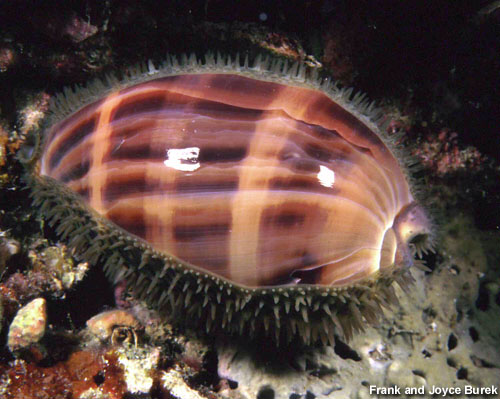Hey, I really like your thinking outside the box here.
It’s always great to see people experimenting and coming up with DIY solutions for coastal foraging. Combining a foraging tool and a fishing rod into one multi-purpose setup is a cool idea.
I’ve been foraging along my local coastline since I was a kid, using all sorts of homemade and improvised tools to extract lobsters and edible crabs. I don’t want to come across like I’m rubbishing your design—far from it—but I’d love to share a few thoughts that might help take it further.
One thing to keep in mind is that a lot of successful foraging happens below the mean low water line, particularly during spring tides. That often means navigating slippery, kelp-covered rocks, which can be seriously treacherous even if you’re nimble. If you plan on exploring those zones, studded boots are a game-changer.
With that in mind, I’d be cautious about the straight spike you’ve added—it feels like an accident waiting to happen, especially if you slip. And from a practical standpoint, the spike might not get as much use as you’d think. Most fish found in rockpools are smaller species like rockling or topknot flatfish, which aren’t really worth targeting for food. You’re far more likely to find sustainable returns focusing on crustaceans like crabs and lobsters.
Also, bamboo is a great natural material, but depending on the diameter, it can be a bit bulky for reaching into tight crevices. Personally, I swear by a paint roller handle as a foraging stick—specifically the long-reach kind used for small rollers. They're cheap, lightweight, and the angled head is ideal for getting into cracks and lifting rocks:
You can usually pick them up for a few quid, like this one.
If you want extra reach, it’s easy to add a wooden extension into the hollow handle. Some people prefer curled hooks, which also work well—it really comes down to personal preference.
As a little bonus, I wrap a couple of bits of electrical tape around the stem of my paint roller, exactly 130mm and 87mm apart. It acts as a quick size guide for crabs and lobsters, to make sure they’re legal. Definitely worth checking your local IFCA (Inshore Fisheries and Conservation Authority) regulations, as minimum landing sizes vary across the UK.
And just a final note for anyone reading—if you're foraging for lobster or edible crab, please take sparingly. Never take berried (egg-carrying) females or lobsters with a V-notch on the tail, as these are protected for conservation. A legal-sized lobster can be decades old, so it’s worth treating them with respect. I usually just steam them whole—simple and delicious.
If you’ve got any questions, feel free to give me a shout. Always happy to chat about this stuff.

en.wikipedia.org
